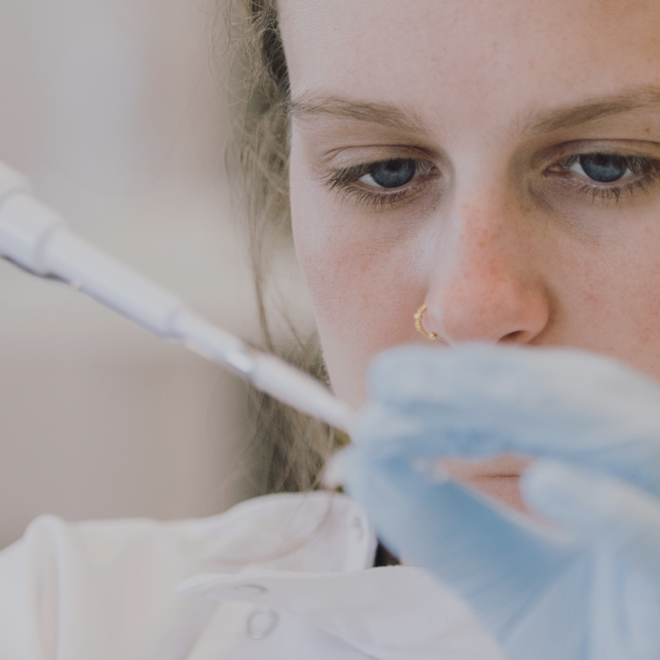- Founded
- 2023
- CEO
- Lance Baldo
- Stage
- Late clinical
- Shareholding
- 42%
- Employees
- 90+
- Raised in Series B financing in July 2024
- $170m
Unless stated all financials at 31 December 2024
Beacon is a leading ophthalmic gene therapy company with a purpose to restore and improve the vision of patients with a range of prevalent and rare retinal diseases that result in blindness. Syncona launched Beacon in June 2023, having invested £75 million of the £96 million Series A financing. As part of this Series A financing, AGTC was combined with new Syncona company, Beacon Therapeutics, merging AGTC’s lead clinical gene therapy asset with two exciting pre-clinical programmes, including one from the University of Oxford. In July 2024 Syncona committed an additional $42.5 million (£33.5 million) to a $170 million (£134 million) Series B financing, bringing the total amount that Beacon has raised in funding to date to approximately $290 million.
Syncona believes the eye is a very attractive target for AAV gene therapy, as exemplified by the number of programmes in development and the approval of voretigene neparvovec (Luxturna) by the FDA in 2017. It is a small, compartmentalised, tissue to which gene therapy vectors have been demonstrated to be delivered directly in a safe manner, meaning that the vector can reach the target cells more readily and lower doses are required. Furthermore, the target cells are terminally differentiated and therefore AAV gene therapy can provide a prolonged effect, as demonstrated by the various programmes in the clinic to date.
Beacon is Syncona’s third investment in the ophthalmic gene therapy space, in which Syncona has an impressive track record of creating, building and scaling gene therapy companies, with Nightstar being sold for $877m, at a 4.5x multiple of cost, and Gyroscope up to $1.5bn, at a potential 5.1x multiple of cost.
Beacon’s lead asset, AGTC-501, is a gene therapy program currently in Phase II clinical trials for the treatment of XLRP, an inherited monogenic recessive disorder that causes progressive vision loss in boys and young men. Most people with the disease progress to becoming legally blind by their 40s. XLRP is predominantly caused by mutations in the RPGR gene. AGTC-501 expresses the full length RPGR transgene, thereby addressing the full complement of photoreceptor damage caused by XLRP, including both rod and cone loss. There are no approved treatments for XLRP and the programme has orphan drug designations from both the FDA and the European Commission.
Beacon represents a significant opportunity for Syncona to apply its deep expertise in retinal gene therapy to a late-stage clinical asset where Syncona already has prior expertise. We believe that the platform potential of Beacon is incredibly exciting, and has the potential to drive near-term value for our shareholders.
Investment thesis
- The eye offers unique advantages as a target for AAV gene therapy
- Beacon’s lead programme in XLRP has the potential to be a best-in-class product in a disease where there are no approved treatments
- Opportunity to deliver a lead late clinical-stage candidate to patients in an area in which Syncona has significant domain expertise
Unmet medical need
- Lead candidate targets XLRP, a debilitating retinal disease where there is currently no approved treatment option for patients
Market opportunity
- >20,000 patients in US/Europe1
1 Daiger SP. Perspective on genes and mutations causing retinitis pigmentosa. Arch Ophthalmol.
The Beacon pipeline
-
XLRP
Syncona team

Chris Hollowood

Elisa Petris

Michael Kyriakides

Gwenaelle Pemberton
Beacon Therapeutics leaders and founders




